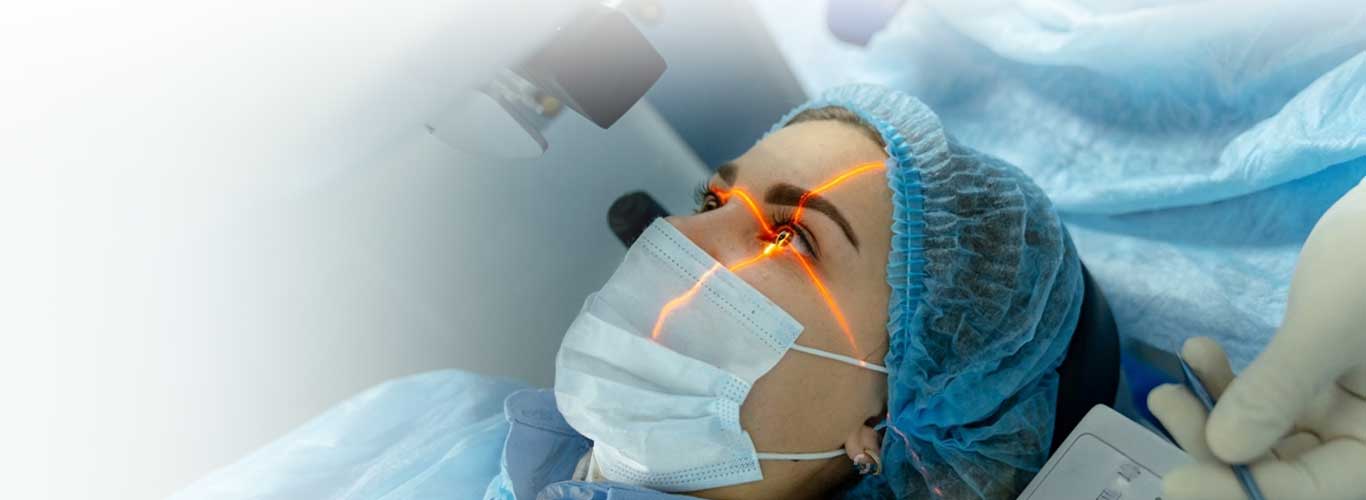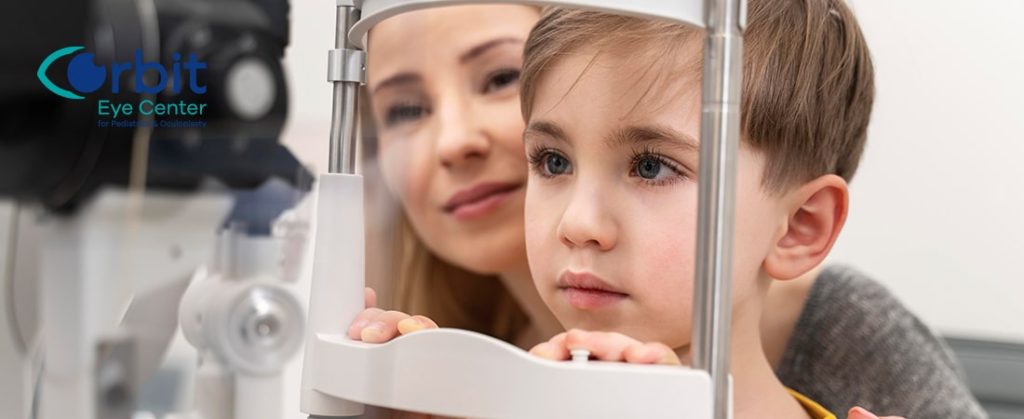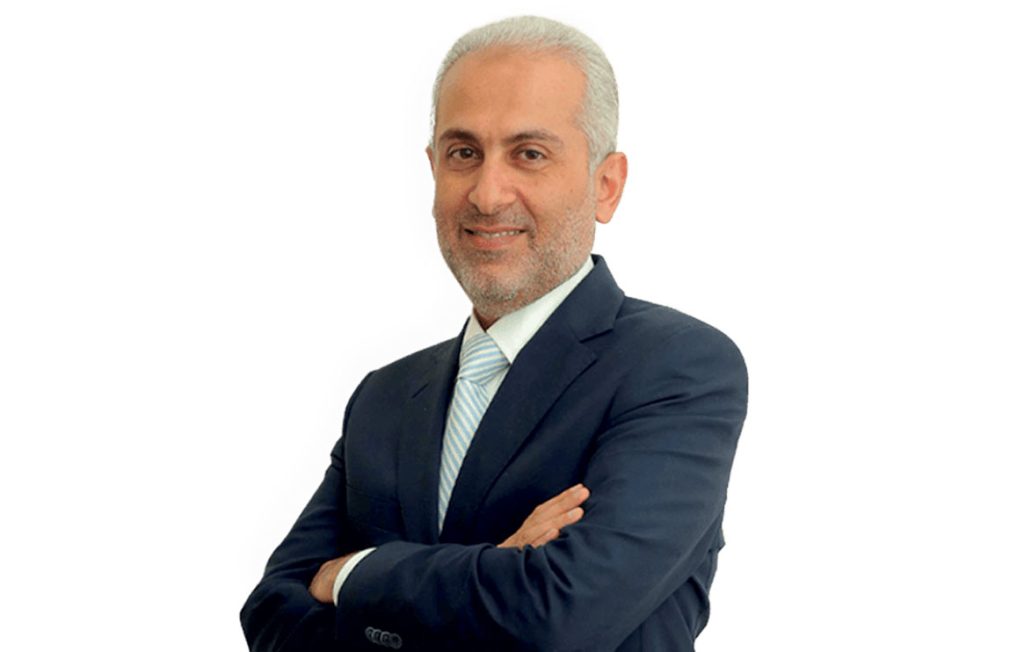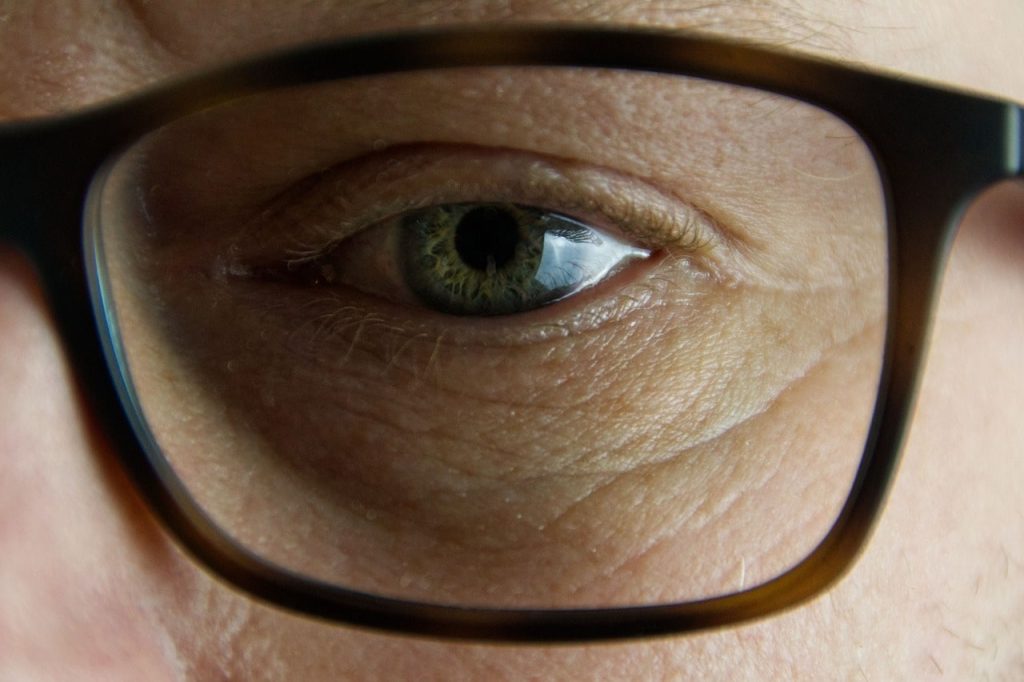The orbit is composed of the bone cavity that surrounds, along with the system of extra ocular muscle, tissues, and orbital fat. They serve the purpose of protecting and stabilizing the eye. Orbital surgery is a type of oculoplastic surgery that focuses on conditions occurring in the eye socket. These conditions include:
Thyroid Eye Disease (Grave’s disease )
Thyroid eye disease or Grave’s disease is the most common disease of these conditions and is related to an autoimmune thyroid disorder. Patients with this condition can have a variety of different symptoms including eye bulging,eyelid retraction, Dry eye and irritation, redness, swelling, double vision, and even vision loss from compression of the optic nerve. Surgical intervention such as orbital decompression surgery is necessary to relieve pressure on the optic nerve and restore normal appearance. Patients, together with their ophthalmologist will be able to determine the best plan of treatment.
Orbital Tumor Surgery
Orbital tumors can grow and spread in any part of the orbit. It can be congenital or acquired, benign or malignant. Symptoms could range from moderate symptoms such as blurry or double vision, headaches, to more serious symptoms like eye pain/pressure, swelling, and proptosis (or a protruding/bulging eye).
A comprehensive examination by an oculoplastic surgeon along with imaging tests such as a CT scan, MRI, and ultrasound are the best methods of detection. In addition, a surgery might be necessary to obtain a biopsy and determine the type of tumor. Ideally orbital tumors should be completely removed. Other treatment options include radiation, chemotherapy, depending on the type of the tumor.
Orbital Fracture (Enophthalmos, Sunken Eye)
Trauma to the eye caused by accidents are quite common. Injuries can be caused by car accidents, falls, sports-related injuries, and assaults. These accidents can result in eyelid laceration, tear drain injuries, orbital bleeding, and orbital fractures. The most common type of orbital fracture is a blow-out fracture which results in the eye to sink back into the orbit, a condition called enophthalmos. Orbital fracture repair is performed to prevent the eye from sinking back into the orbit. If enophthalmos is already present, surgical fracture repair and orbital reconstruction may be performed to move the eye back into a normal position.
Socket Reconstruction
Sometimes the eyeball may have to be removed due to various reasons, including tumor, infection, or a disfigured eye. Two types of surgeries are performed:
Evisceration surgery involves removing the eye contents, while leaving the scleral shell (white part of the eye), extraocular muscle attachments, and surrounding orbital tissues intact. This is the least invasive procedure for the eye socket and usually yields the best cosmetic result after a reconstructive surgery.
Unlike evisceration, enucleation involves the removal of the eyeball including the scleral shell. This reason to perform this procedure could be due to a blind eye, non-salvageable eyes due to trauma, or eye tumors. In its place a permanent spherical orbital implant is inserted. After the healing process has completed the patient will be assigned to an ocularist to create a prosthetic eyeball closely matching the healthy one.
Evisceration and enucleation surgery will change the appearance of your eye, making subsequent reconstructive surgery necessary.
Prosthetic Eye
A person can lose their eye during their lifetime due to blunt injury or infection. For these patients, Dr. Walid Abdalla performs an anophthalmia surgery to improve function, accompanied with aesthetic surgery to improve appearance.






















